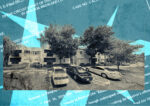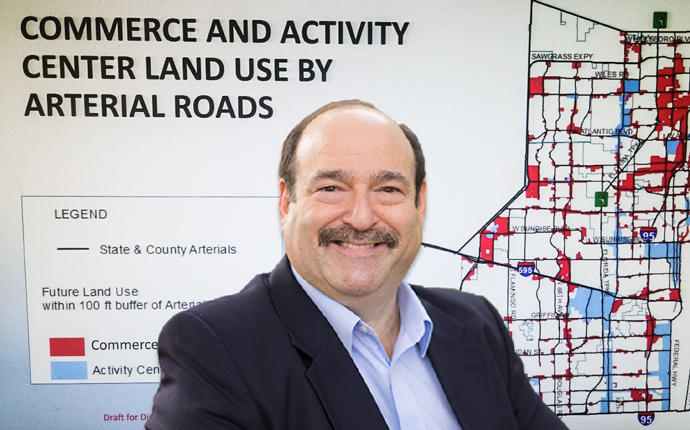Broward County gave initial approval to a land-use change that would encourage affordable housing construction on commercial sites near major roads.
County commissioners voted Tuesday to initiate the land-use change requiring that developments include a residential component with affordable units if located in high-traffic areas with “commerce” or “activity center” land-use designations.
The change allows developers to build as many as 19 market-rate residential units for each affordable one in such developments. The affordable units would be reserved for tenants with “very low” income (up to 50 percent of median household income in Broward County).
Eligible developers also could build six market-rate residential units for each unit reserved for tenants with “moderate” income (up to 120 percent of median household income), and nine market-rate units for each unit reserved for tenants with “low” income (up to 80 percent of median household income). Developers’ designation of these rent-controlled units as affordable housing would have a 30-year life.
The land-use change, which would apply primarily to areas west of U.S. 1, is pending further approvals by the Broward County Planning Council and the state government, which could take nine months.
Broward County’s land-use plan currently allows relatively small “density bonuses” for affordable housing development – two or four market-rate units, respectively, for every unit allocated to tenants with “moderate” or “very low” income. The designation of rent-controlled units as affordable housing expires after 15 years.
Residential developers rarely apply for these density bonuses because the payoff is too small, which limits the supply of affordable housing, Ralph Stone, executive director of the Broward County Housing Authority, told county commissioners at their workshop meeting on Oct. 22.
“They’ve received very little utility … The two-for-one and the four-for-one haven’t worked,” Stone said. “The development community doesn’t need those bonus units to make a profit. There’s just not enough bonus density there to make a difference.”
At shopping centers and other properties near arterial roads in areas with the “commerce” or “activity center” land-use designation, the county’s amended land-use plan would allow developers to exclude affordable units from residential projects by making an in-lieu payment equal to $42,876 for each market-rate unit.
For example, if such a project had 100 market-rate units and no affordable units, the in-lieu payment would be $4,285,714. The in-lieu payment of $42,876 per unit is based on data from the Florida Housing Finance Corp. on apartment construction costs. Revenue from such payments would go into the Broward County Affordable Housing Trust Fund.
If the county land-use change wins final approval, municipalities in Broward County could choose whether to change their local zoning to conform to the county’s amended land-use plan for areas designated “commerce” and “activity center.”
Cooper City, Parkland and some other western suburbs in Broward County probably would decide against conforming to the county land-use change, Steve Geller, the county commissioner who proposed the change, said at the county commission’s workshop.
But Geller said he expects “almost every city east of University Drive [to] adopt this.”
Municipalities that conform to the county land-use change could qualify for a bigger share of revenue from the county’s transportation sales surtax of 1 percent, which Broward voters approved in November 2018.




